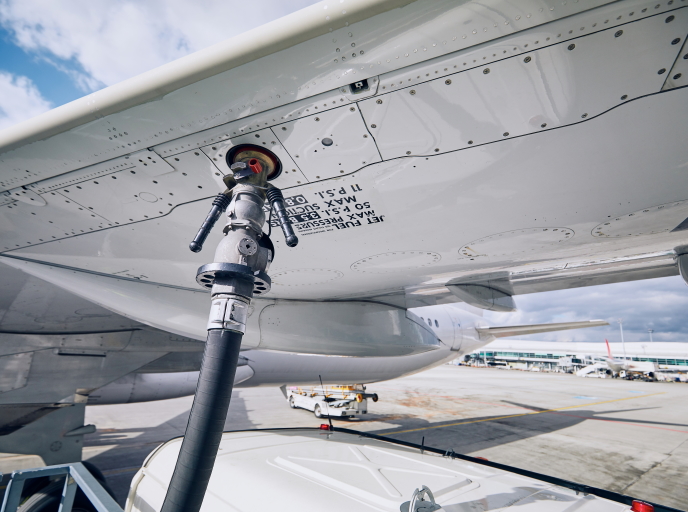Improved air safety through new certification methods
The lack of novel technologies and operations in aviation can be partly attributed to the risks involved during the implementation process and the time lag between development and implementation. New approaches are necessary to upgrade and step up the certification of safety improvement operations and systems. With the support of EU funding, the ASCOS(opens in new window) (Aviation safety and certification of new operations and systems) project sought to develop a safe and cost- and time-efficient alternative to existing certification methods. The innovative approach facilitates the launch of new products and operations while focusing on the human aspect early on in the certification process to reduce the impact such errors may have later on. Project activities focused on improving safety throughout the field of aviation. The goal was to reduce fatalities as a result of loss of control in flight, aircraft system failure, aircraft ground handling damage and air traffic management incidents. Researchers examined current European certification processes and identified the key regulatory obstacles and weaknesses with respect to anticipated regulatory changes and technological developments. Findings led to new certification approaches that have been evaluated, resulting in a newly proposed certification process that is now being tested in case studies. The team established a baseline for the entire aviation system's risk level by using European aviation safety incident data from 1995 to 2011. This resulted in a new procedure and supporting tools – based on the European Commission Joint Research Centre's (JRC) ECCAIRS(opens in new window) initiative – for continued safety performance checking. ASCOS also presented a method to deal with future risks that may arise in the aviation system but that do not currently exist. The team developed risk models and incident scenarios for the whole system. These models allowed them to design a safety assessment method and supporting tools to assess risks and the general safety effect of proposed developments. Finally, the last stage of the project was dedicated to validating the scientific and technological advances made by ASCOS. It thus introduced new, affordable and easier certification processes, innovative safety-based design systems, and new methods and tools to ensure continuous safety monitoring. Project activities and outcomes will help reduce incident rates and the impact of human error. ASCOS hopes to one day provide an air transport system that satisfies all the security and safety needs of passengers.







